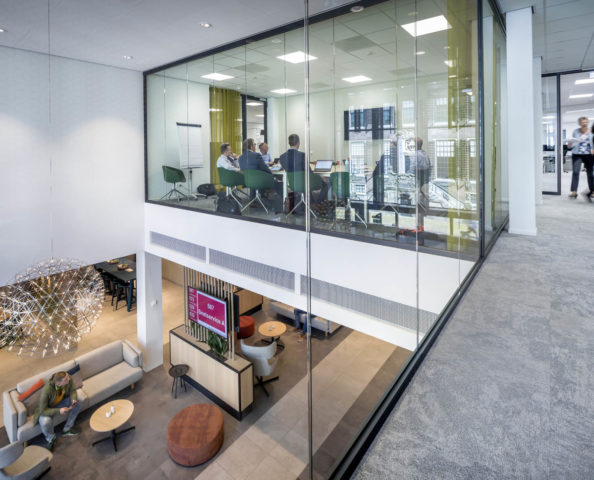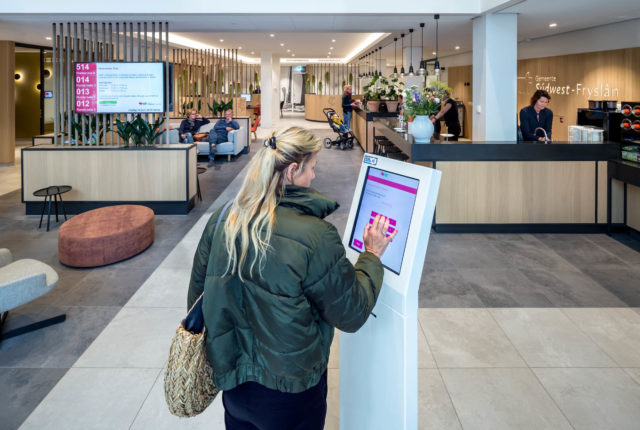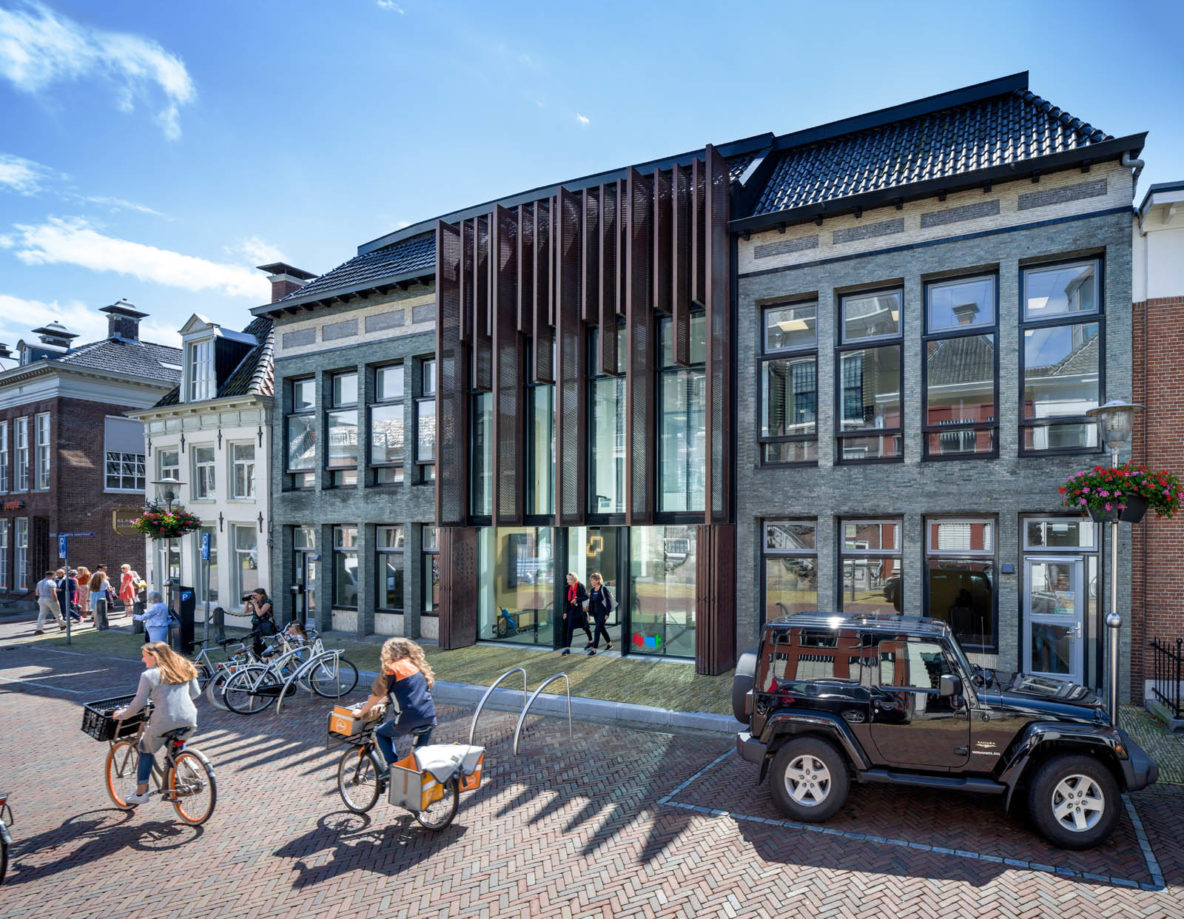Municipality of Súdwest-Fryslân is the largest municipality in the Netherlands in terms of area. Some 89,000 residents live in the area between Sneek, Stavoren and the Afsluitdijk. Súdwest-Fryslân is a merger municipality of six towns and 82 villages that merged in 2010. The municipality is currently in an interesting transition. In the program “Different Cooperation,” the municipality no longer wants to arrange things for residents, but rather together with them. This approach places high demands on the ICT infrastructure: the municipality must always be accessible and provide reliable services. That means employees need to work smart and flexibly. To support this transition, the municipality of Súdwest-Fryslân worked with PQR to implement a new back- and front-end infrastructure.
The introduction of Other Cooperation should further improve integrated cooperation within the municipality. Peter Jager, Manager of ICT at the Municipality of Súdwest-Fryslân, explains: “We are a merger municipality. In order to streamline cooperation and save costs, it was decided to realize central housing in Sneek. In the new building, we want to encourage interdisciplinary cooperation while improving employee flexibility. That means providing them with a reliable workplace anytime and anywhere.”

The challenge
The municipality’s back-end infrastructure was a traditional SAN environment with servers and fat clients. Jager: “The disadvantage of fat clients is that people are tied to a workstation. By offering that via a virtual desktop infrastructure (VDI) from the data center, management is simpler and employees are much more flexible. They can then work securely and reliably from all locations and with different devices.”
The back-end was in need of replacement and the move to a hyper-converged infrastructure seemed a logical choice. “We do the ICT management ourselves and would like to keep it that way to ensure flexibility. Because ICT is now an indispensable part of the primary process at the municipality, we do need to keep innovating. Important requirements here are back- and front-end flexibility. We want to be able to easily add new applications, perform analyses and all this in an environment that is easy to manage. With an eye on costs, it is also important to reuse existing technology wherever possible. For example, we also have a lot of in-house knowledge of Citrix and VMware.”
The solution
With the replacement of the data center infrastructure, installation of VDI and new management tooling, the municipality’s request was quite complex. “We were not just looking for an implementation partner, we actually want to work with a party that offers integral services and is willing to transfer knowledge. Furthermore, it is important that a partner closely follows new developments and can always make the translation to our organization. The initial contacts with PQR and their answers to our questions gave us sufficient confidence.”
In close consultation and based on the requirements of the municipality, PQR created a design of the new environment. A hyper-converged infrastructure based on Nutanix software and HPE hardware best matched Súdwest-Fryslân’s ambitions. Jager: “We made the project approach and planning together with PQR and they directed it tightly. First, the two data centers were set up and fully redundant.” The back-end now runs fully integrated with VMware vSphere and can be managed through a single interface with Nutanix Prism Central.”
For virtual workstations, the municipality has moved away from Server-Based Computing. “We still use Citrix XenApp, but now through a VDI solution. This gives each employee their own workstation,” said Jager. PQR set up a pilot environment for the front-end for 120 users in Harlingen. The ICT department of the municipality of Súdwest-Fryslân also supports this municipality. The applications offered here virtually are automatically installed in an image using Ivanti tooling. The implementation for the other workplaces in Sneek is now also largely in place. PQR also supports in that implementation and setting up the images.”
The result
The municipality has chosen a high-quality solution and is making the best use of the investments made. “That quality translates to several aspects. Besides stability, scalability and flexibility, easy management plays a big role for us. Both for the back-end and the front-end. The storage, virtualized servers and network now come together in a Nutanix appliance. In the old situation, there were different dependencies between the components, which created unwanted risks. Our hyper converged infrastructure is lightning fast, scalable and centrally manageable. This gives us more control with less effort.”
On the user side, the workstations in the new situation are available anytime and from any location. Jager: “Employees have direct access to their own workstations and can log in quickly. The advantage of choosing to keep Citrix is that the look & feel of the environment is still the same. This facilitated acceptance: employees only notice that their workstation works much faster.” On the management side, the Ivanti tooling makes it very easy to automatically install new applications in the images, so everyone always has the right applications. Jager explains: “With the complete renewal of our back- and front-end, we support Anders Samenwerken optimally. Our colleagues have the stable, secure and flexible workplace needed to offer residents the best service.”
Looking to the future
The municipality of Súdwest-Fryslân is always looking ahead, according to Jager. “Together with PQR, we have set up a future-proof environment that combines stability with flexibility. This is important because we always want to improve our services. PQR knows our environment and our goals. Combined with their in-depth technological knowledge, they are the right partner to practically translate innovations into our ICT environment. The infrastructure we have set up together provides an excellent foundation for this.”

